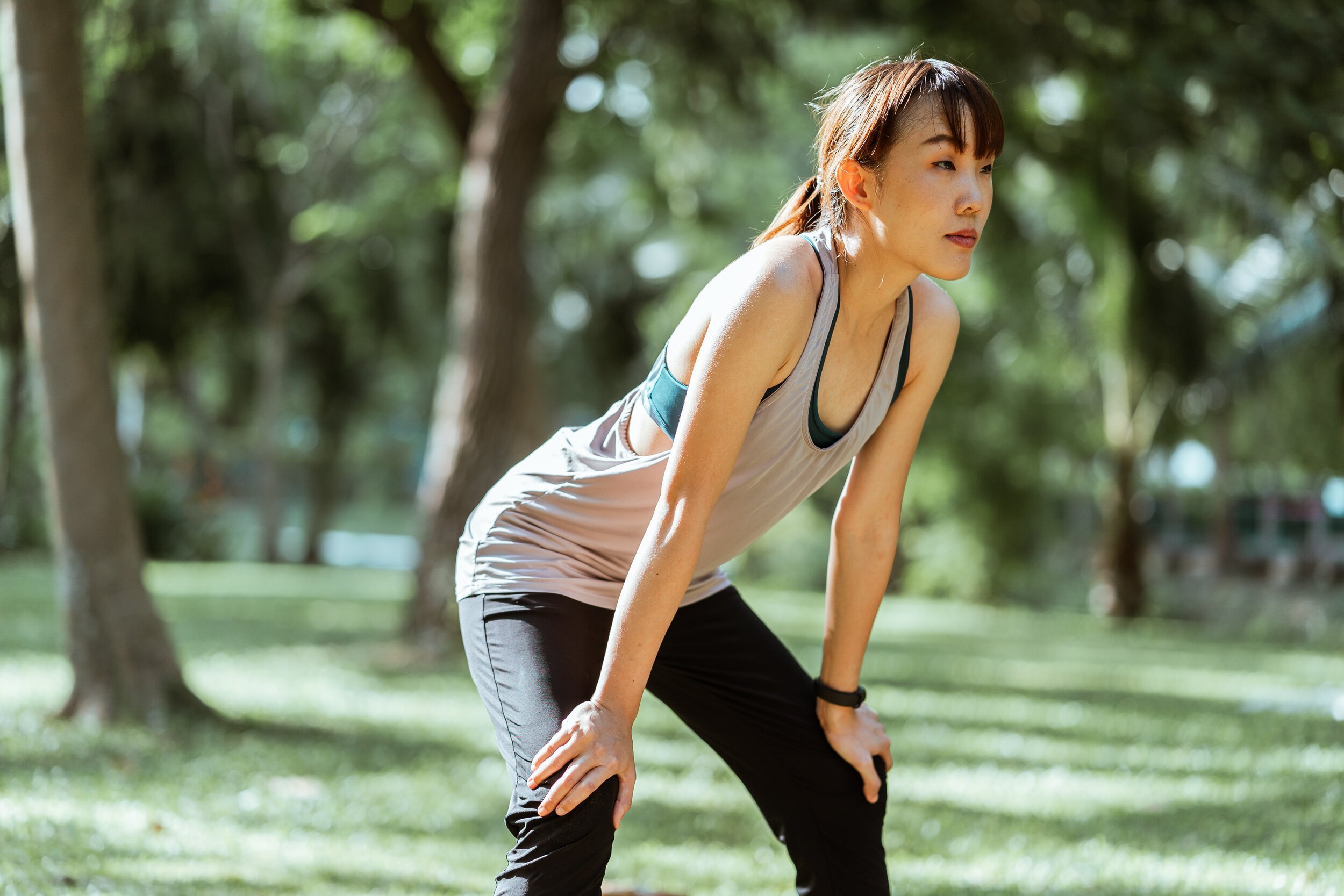Breathing is simple, but are you doing it effectively?
BREATHING IS SIMPLE, BUT ARE YOU DOING IT EFFECTIVELY?
Breathing is something we do without thinking, it happens throughout our day without a second thought. However, after reading this you're probably thinking about it now. The reason I'm talking about breathing is because it's more important than you think. Knowing the role it plays and why is a key piece in becoming more efficient and put you on the fast track to recovery.
Respiration has a dramatic impact on how you recover and how you perform as an individual and athlete. Usually when you hear anything about recovery, you’re thinking about taking care of your muscles and prepping yourself for your next workout. That said, there are a variety of different systems at work in your body, so when you focus on recovery, you're not just focusing on your musculoskeletal system-- you're working on numerous sub-systems. Think: cardiovascular, respiratory, digestive,and nervous systems, just to name a few.
These systems function as an heterarchy, meaning the importance of each system fluctuates depending on the demands. Most of the time however, respiration is usually at the top. Not surprising though, right?
You probably could have guessed that, you know we need to breathe to survive, but there's more to it.
Whenever your level of homeostasis, or balance within the body, is disrupted, it throws up warning signs, making your internal dashboard light up like a Christmas tree (or my 1999 Camry that went up in flames on the freeway). Because of this, the different systems are activated or deactivated to help restore yourself to where your homeostatic levels were prior to disruption.
This is where respiration comes into play. Let’s use hyperventilation as an example where there's a dramatic effect on your body.
Think of it this way, if you breathe in more rapidly, you are also exchanging CO2 and oxygen more rapidly, therefore your blood pH (mitigated by CO2 levels) increases due to CO2 accumulation.
As a result, blood flow to your brain is reduced dramatically (up to 50%) causing faintness and dizziness. Also reduces circulation to heart and extremities-- yikes.
This reduces the amount of oxygen to cells within your body, and your sympathetic system, aka fight or flight response, is kicked into high gear.
In short: just by changing your breathing, you change the entire balance of how your body views whether or not it is safe.
In regards to exercise, simply focusing on your breathing after an interval of work can shift your whole autonomic nervous system from being sympathetic back into being parasympathetic -- aka your ‘rest and digest’ relaxed state. The quicker you can make the transition, the faster you can recover and begin the restoration process.
Now that you've learned a few things about why respiration is so important, how can you start to work on that respiration on your own?
First you need to know how breathing moves your body.
When you breathe, your rib cage expands in three different planes of motion:
Sagittal plane - movements travelling forward and backwards
Frontal plane - lateral movements (side to side)
Transverse plane - rotational movement
Picture this: you’re out of breath, and you drop your hands onto your knees in exhaustion, only to be told by a coach, friend, teammate, etc. to put your hands on your head instead.
This is because initially, hands on the knees was seen as poor conditioning. Surprise plot twist: it’s actually your body getting you into a better position for maximum oxygen consumption. This promotes faster recovery! Here’s why:
When you put the hands on your head and you're standing up, you put your posterior (back) rib cage into extension, causing you to no longer be able to expand in that area, limiting your capacity to take in more air. However, when you drop your hands onto your knees, you free that posterior rib cage, and are able to expand properly in the entirety of your rib cage, allowing maximal lung volume for oxygen uptake and utilization.
Remember when I mentioned earlier that your ribcage expands and all three planes with inhalation and exhalation?
This is all taking place within your axial skeleton (rib cage), but what connects to this is your appendicular skeleton (aka your arms and legs), via your shoulder and hip joints. If there's any limitation in your respiration, there's also restrictions in those joints. If there's restrictions in those joints, you can't move efficiently and safely. So not only are you out of breath and not recovering efficiently, you're not moving properly.
In my own work, I take my clients through a respiratory assessment to check and see if respiration is limited, and if it is, the next step is finding where the limitation is originating from. Then correctives are put in place to correct breathing and work towards more efficient movement.
So, in short: breathing contributes to all of your body’s systems, inside and out, and is a key piece in your short-term recovery, long-term recovery, and mobility.
Not so simple anymore, but pretty dang cool if you ask me.

